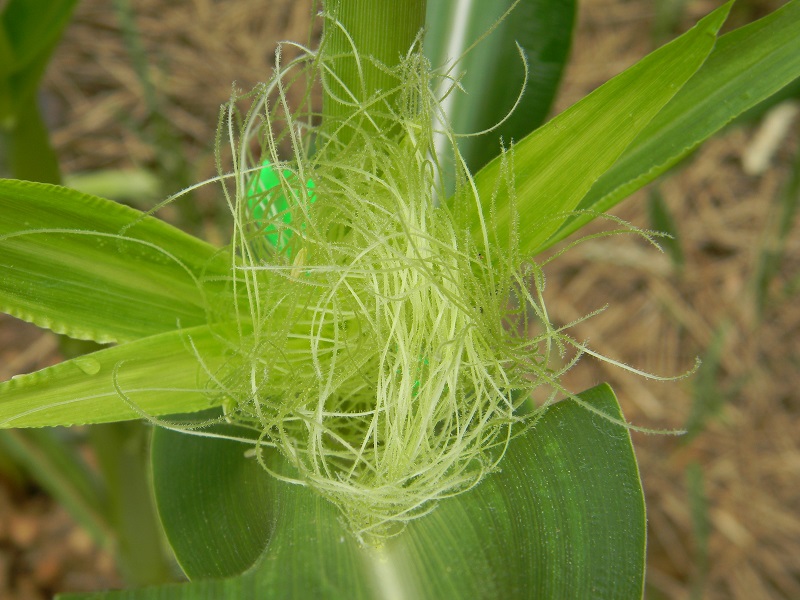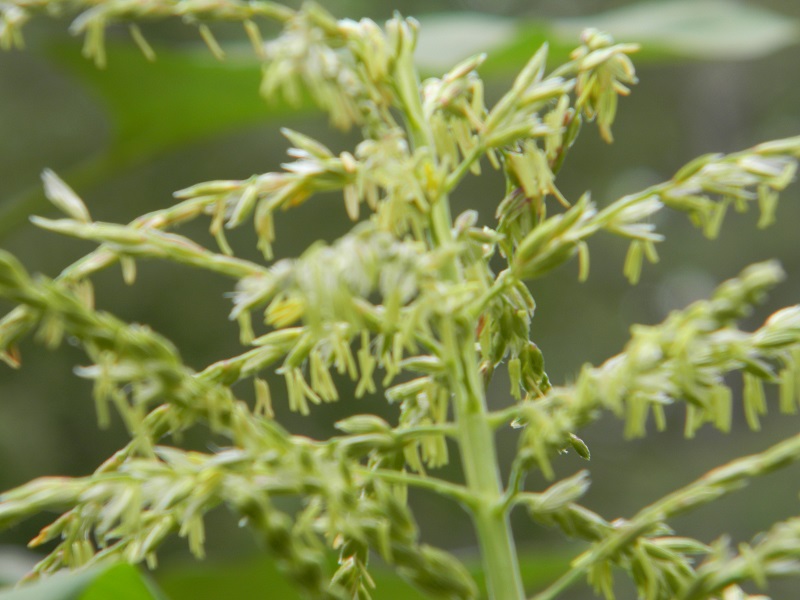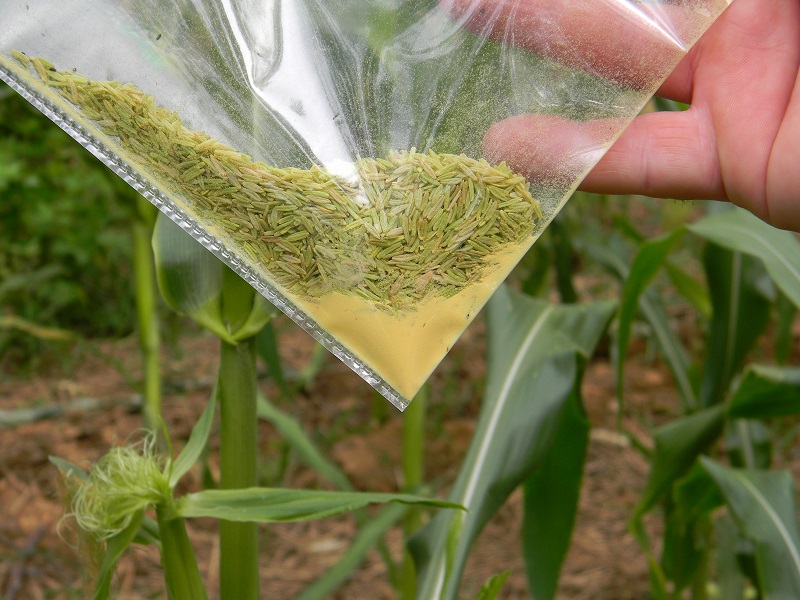Posted by Jennifer Dixon on 12th Apr 2020
How to Hand Pollinate Corn
Have you ever harvested an ear of corn and quickly notice some of the kernels did not fully develop. This is probably due to lack of pollination. Corn have both male and female parts. The male part is of course called the tassel and the female part is the ear with it's flowing silks.

The silks (as seen above) are the part of the ear that receives the pollen from the tassel. Each silk represents a kernel. That is why good pollination is vital for fully developed kernels on an ear of corn. Silks are usually pollinated within the first four to five days after emerging, however the pollination process can take over a week. Tassels begin shed pollen once all the branches are visible. In the picture below you will notice small anthers on each of the tassel branches. They sway gently in the breeze and release their pollen; pollen shed is usually heavy in the mornings before lunch. If it's raining pollen usually is not shed.

Often is it recommend to grow at least 100 corn plants for good pollination. This is largely because corn is wind pollinated and so sufficient amounts of pollen are needed, however you can do it yourself with less corn plants. Here's how. Once tassels have fully emerged and silks are visible you can simply take a small bag and gently place the tassel in the bag and shake. Go around to every tassel and continue this process for the next four to five days as silks emerge. Simply shake the pollen on the silks or use a paint brush to brush it on. Once the silks stop growing longer and turn brown this is the best indicator that they are pollinated correctly. We usually do this twice a day. Morning and afternoon for about a week.

This is also a good way to grow more than one variety and not have cross pollination by bagging the undeveloped ears and the tassels. That way you can control when your silks are pollinated and by which plants. The bags that are used are generally wax lined and will not affect the corn ear growth. This can be done with field and sweet corns alike. I definitely recommend trying this method for fuller ears of corn and to better understand how corn is pollinated. I hope this helps in this year's gardening adventures!
